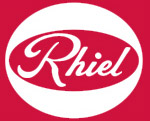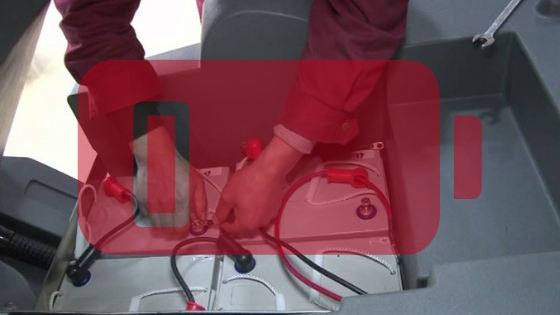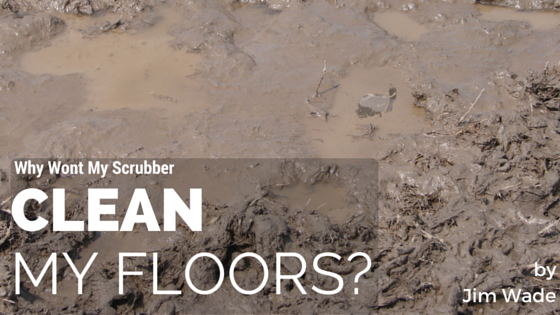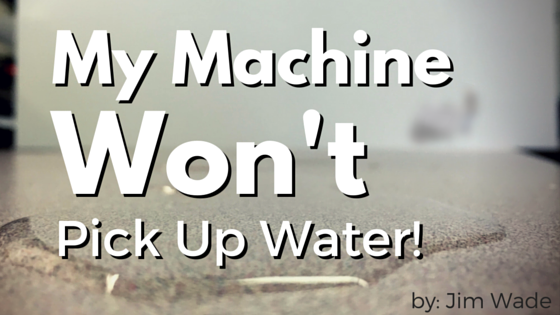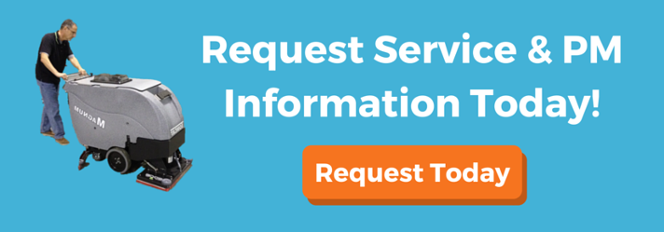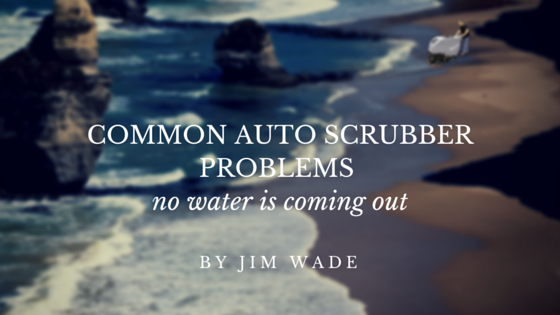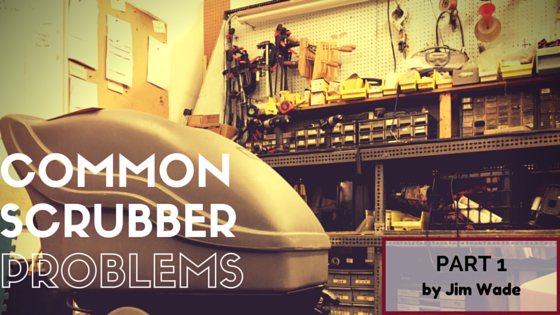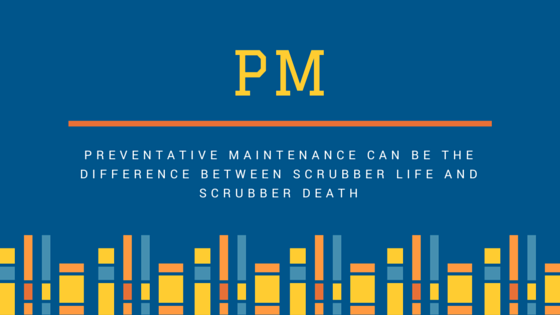Beyond Normal Battery Maintenance on Automatic Scrubbers
Recently I called on a customer who is having battery issues. The runtime on his automatic scrubber is only about 20 minutes to half an hour and he swears he is doing everything right. He has 4, 6-volt wet cell batteries in his scrubber. The water level in each cell is at the appropriate level, the battery terminals are clean, the cables are clean, and everything looks good. The problem is, he has had the machine for a year and a half and now he is not getting any run time. The scrubber runs for a short period of time and then the batteries fail.
From the information given, you could assume that one or more of the cells in one or more of the batteries has gone bad. And you would be right. But why? The batteries are only a year and a half old. Everything has been done properly. The water levels are right and the cables are tight, everything is clean.
I asked the customer how often he charges the batteries. He said that since he only uses it once or twice a year when he has to scrub and recoat the floors, that’s when he charges it. But he checks the water levels every week and wipes down the entire scrubber including the batteries.
I wish this was not a common problem, but it seems to come up more than I’d like. Batteries need to be charged. If you just let them sit there, they will deteriorate on their own. They will lose power and eventually drain down far enough that you will not be able to get them to charge at all. They will not provide enough power to start the charger. Most chargers today used to charge batteries in an automatic scrubber are fully automatic. They need to read the power remaining in the batteries in order to charge them. If you have left them idle for a few months, maybe even a few weeks, there may not be enough power in the batteries to start the charging process.
The moral of this little story is, Charge your batteries. Even if you are letting your floor scrubber stand idle for long periods of time, Charge the Batteries. If you use your machine every day or every week you will probably not experience this problem for several years. Assuming you maintain the batteries correctly, you should get several years of life out of a set of batteries.
If you do experience symptoms like this, please contact us. There are no guarantees, but we may be able to restore some of the life back in your batteries. If you have questions about how to properly maintain and charge batteries, please contact us. We’ll be happy to walk you through the entire process. Batteries are expensive. Maintain them properly and you should get many years of use out of a good set of batteries.
Contact Us Now!
